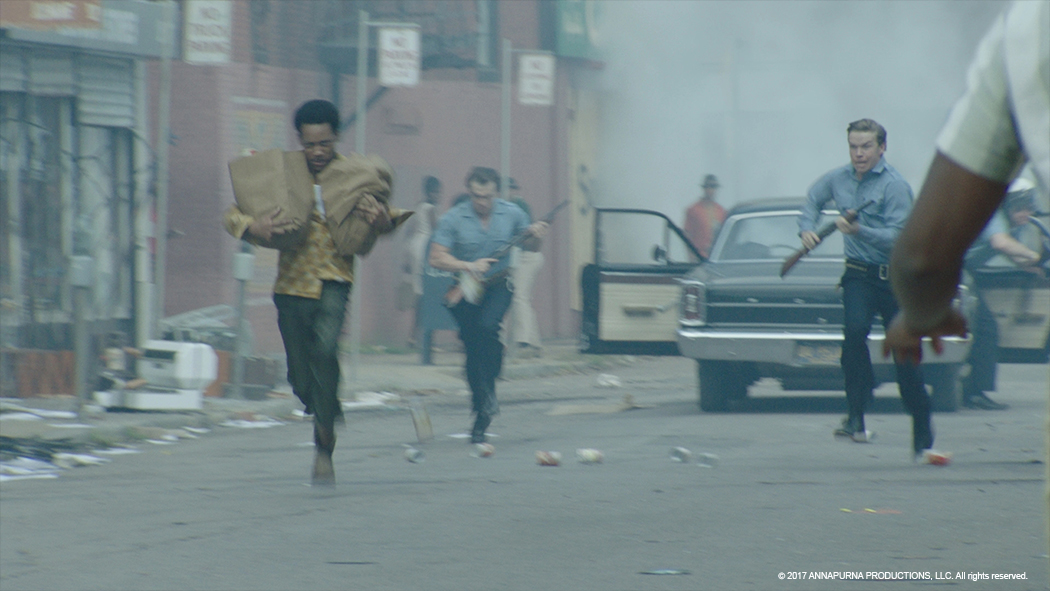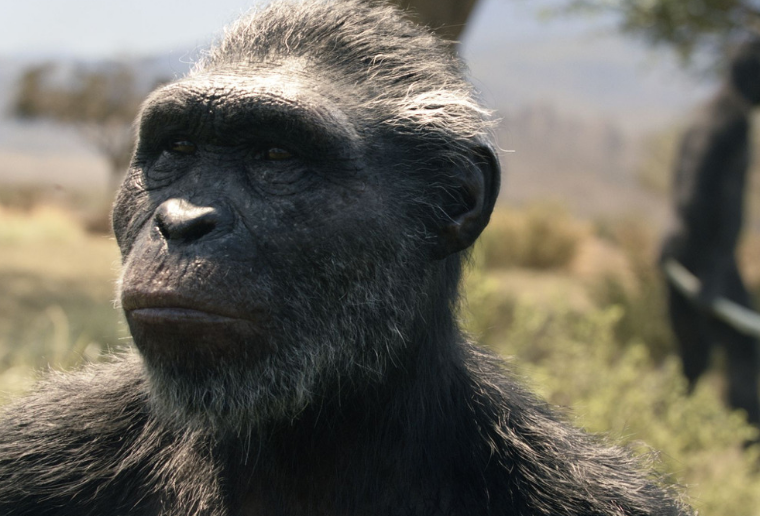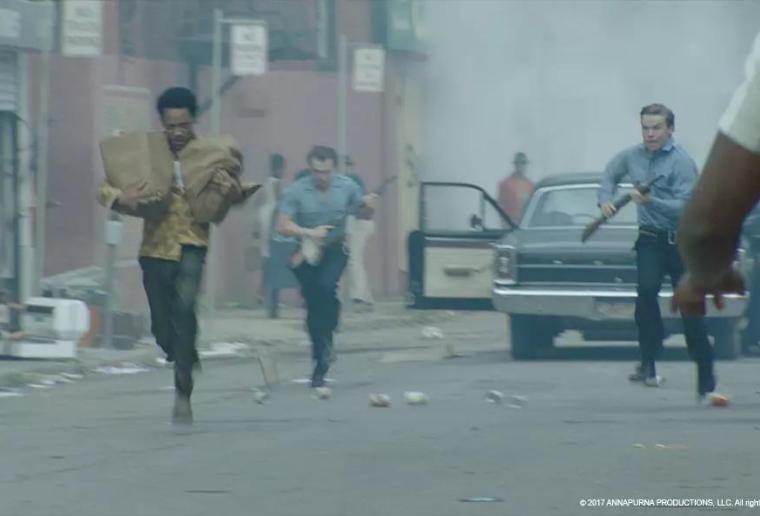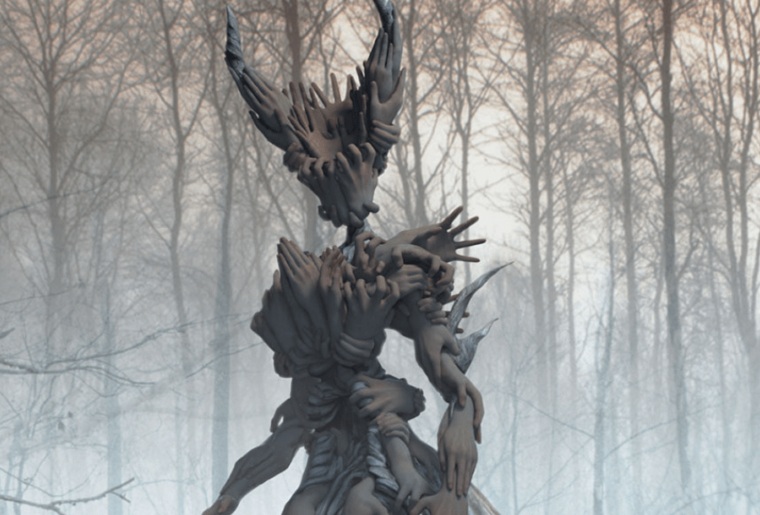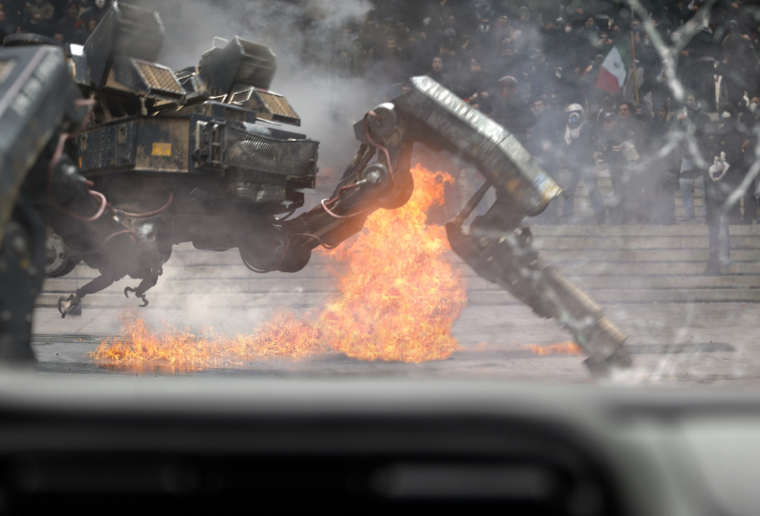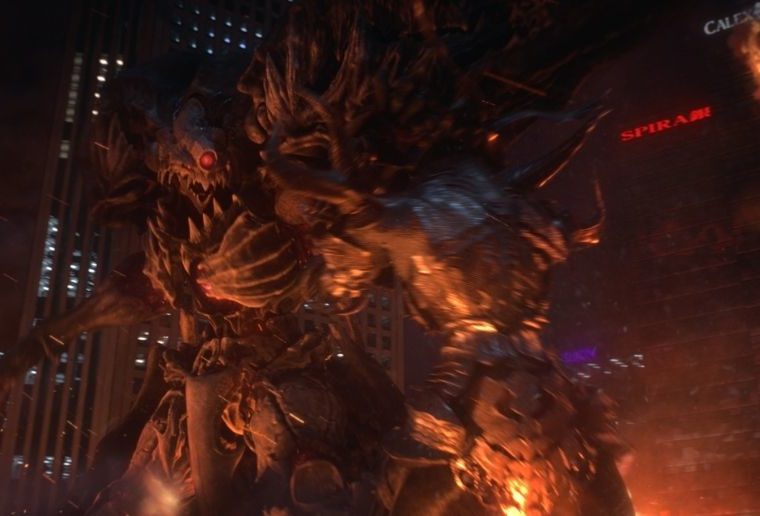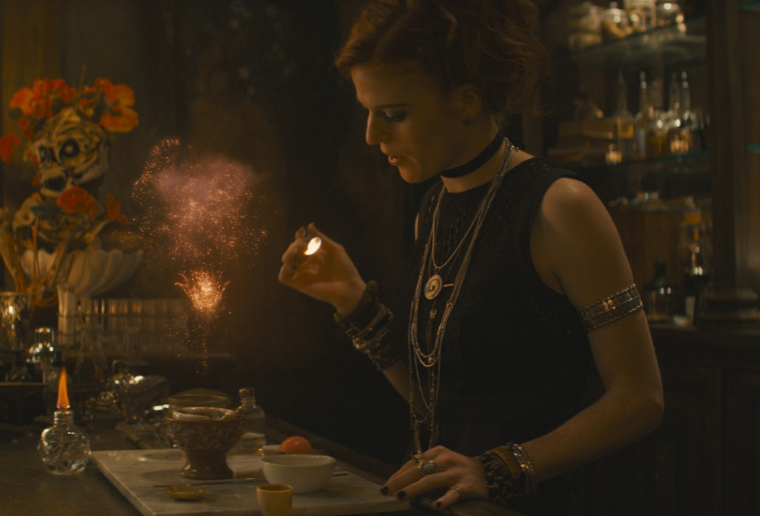Detroit Case Study

Case Study
Kathryn Bigelow’s Detroit is a period piece pressure cooker. Viewers are plunged into the furnace of the infamous 1967 12th Street Riot, and the racially charged Algiers Motel incident stokes the narrative flame. From this central point the film unfolds. Bigelow encloses her tight-knit drama in the chaos of civil upheaval, gradually building an oppressive story of dark deeds.
Detroit is a fiercely story-driven film, deeply rooted in realism, not fantasy. Nevertheless, numerous visual effects helped to establish era and atmosphere. It’s here that Image Engine plied its expertise, the environments team coming on board to anchor Detroit in its five-decades-old setting.
Although Image Engine’s roots trace back to photoreal CG robots, complex digital creatures, and lush synthetic environments, Image Engine is equally at home working in the realm of invisible effects. Films like Straight Outta Compton and previous Bigelow collaboration Zero Dark Thirty have established this skill set, which the team leveraged once again across Detroit’s claustrophobic Michigan unrest.
Image Engine’s team augmented non-Detroit locations, added effects such as blood, fire and smoke to the unfolding riots, and conjured entirely CG environments to help set the scene. All in all the work tallied to 199 ‘invisible’ visual effects shots, each subtly adding to Bigelow’s overarching vision.
Re-creating reality
Detroit is not your typical visual effects blockbuster. It’s an oppressive, introspective drama, told through Bigelow’s cinéma-vérité style. The director leaned heavily on shooting in real locations – but given they were in Boston, which stood in for Detroit’s iconic 12th Street, computer artistry was required to align these locations with narrative.
This is where Image Engine’s skill set became invaluable. The team augmented on-location photography to make contemporary Boston look like the epicentre of 1967’s besieged Detroit, while also working on full-CG shots of the environment.
“We worked on key establishing shots of that very important street in the Detroit riots,” begins Image Engine visual effects supervisor Joao Sita. “These comprised a full-CG environment and construction. For that we had to do all the camera work and layout, and then all the buildings and blocks, ensuring they aligned with the environments witnessed throughout the rest of the movie.”
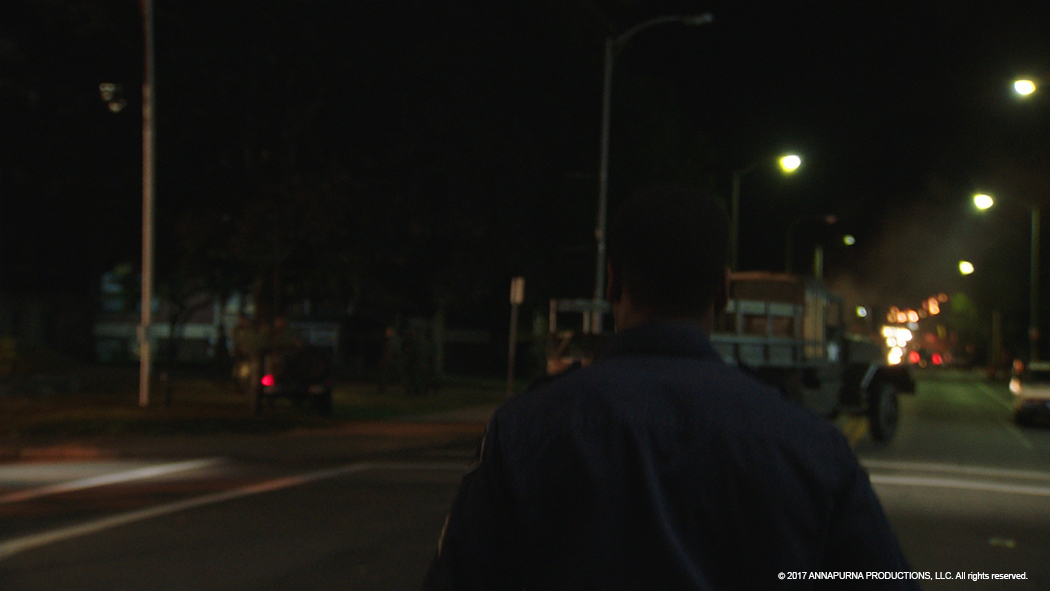

The creation of such era-accurate and photoreal street scenes, especially for 12th Street, necessitated a major research effort in the part of Image Engine.
“There was a lot of background checking and reference gathering, including lots of YouTubing,” says digital environment supervisor Damien Thaller. “We would never make this stuff up; the final results were based on material related to the actual event – right down to the type of air-conditioning units you would see on the outside of the architecture.”
Building Detroit
Two significant buildings were created by Image Engine as part of its key establishing shots – the Algiers Motel, where the film’s pivotal events unfold, and the Great Lakes Mutual Life Insurance building.
“It was this big, old, retro-looking warehouse building, surrounded by structures, streets and parks, enveloped in night. That shot was key to the story of Detroit,” says Thaller. “We created that whole location in CG, using full-3D matte paintings from various camera views, all based on black and white photography from the period.”
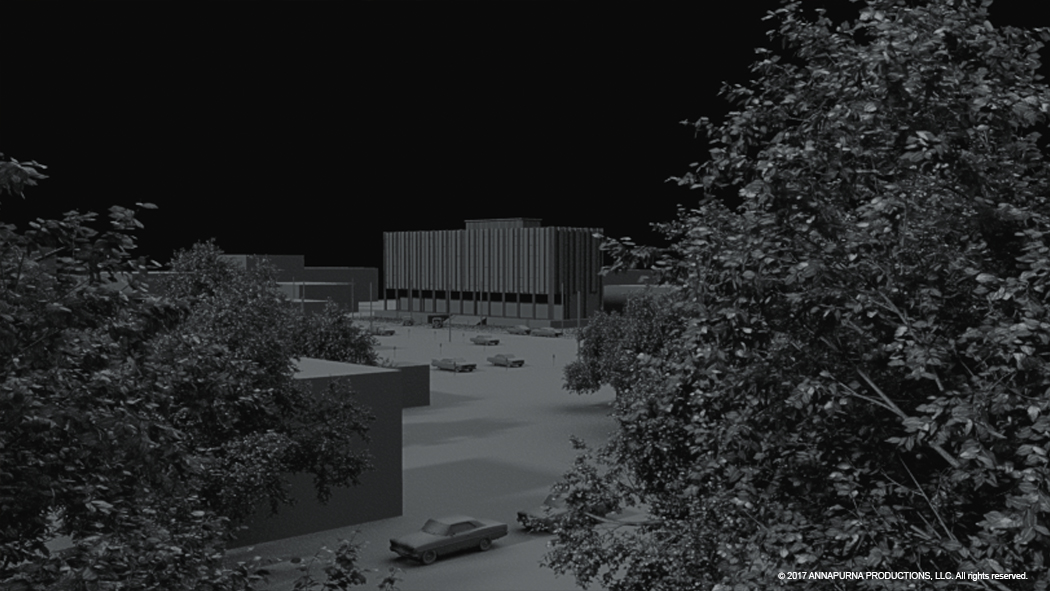
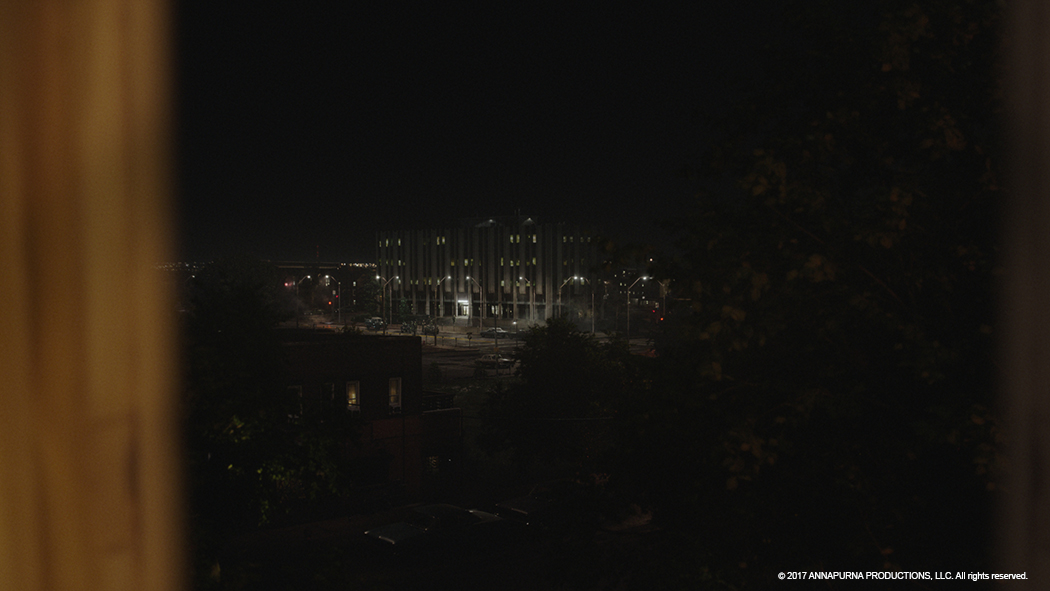
Senior matte painter Pablo Del Molino Izquierdo began work early on the project in this regard, working closely with the layout team to insure the location was as representative of the actual 1967 setting as possible.
“To layout the street and required buildings, we mocked up a 1967 version of the landscape, then placed a few virtual cameras in various locations based off the plate photography where these shots would take place,” explains layout supervisor Lee Alexander. “Next we started blocking out key angles for our digital matte painting (DMP) team to start working on. CG buildings and street elements were created, as well as the matte paintings for wider scenes.”
Izquierdo ultimately used a combination of 3D and 2.5D techniques, texturing, projection, and in-house lighting tools to complete the realistic look that is witnessed in the final film.
Cinéma-vérité
Bigelow’s documentary-style approach places viewers in the heat of Detroit’s action. Handheld shots enhance their realism, in turn heightening the film’s intensity. However, this approach also heightened the challenge for Image Engine’s artists, who needed to integrate visual effects seamlessly into the shaky live action photography.
“Detroit didn’t feature straight-forward tracking of shots – the increased camera movement meant we needed to approach things a little differently,” notes Sita. “This was especially tricky as Detroit’s director of photography made dramatic use of zoom, always seeking out the action in the shot.”
Nevertheless, the Image Engine team was well-seasoned on working with such camera work, its skill-set honed on projects for cinéma-vérité directors like Neill Blomkamp.
Detroit’s artists overcame the challenge via meticulous tracking, painstaking matchmoving and pixel-perfect observation of the live action photography.
Shot solutions
During Detroit’s post-production process, Bigelow would often ask Image Engine’s artists for specific input on shots that needed a narrative boost. One such shot involved a scene inside Downtown Detroit’s Fox Theatre – actually filmed at the Majestic Theatre in Boston, with only a partial crowd in camera.
Bigelow required a much larger crowd – an enhancement usually aided with specially shot tiles of available extras. In this case no such footage was available. Image Engine nevertheless offered a solution, adding spotlights to fill the theater and replicating the small crowd that had already been filmed using numerous alternate takes and footage contained in the handles of other similar shots – techniques honed over the years as studio experienced in complex compositing.
Another small but crucial visual effects augmentation involved an emotionally resonant scene in which a tank fires on a building. The soldiers involved believe a sniper to be aiming from a window, but discover it was an innocent girl caught among the chaos.
“This shot was initially bathed in shadow, and as such it didn’t quite deliver the emotional impact Kathryn wanted,” says Sita. “We augmented the shot by re-lighting the whole plate. The final result made for a far more poignant narrative beat.”
It was these subtle but important enhancements that formed the backbone of Image Engine’s contribution, implanting the audience within the milieu of 1960s Detroit.
“Everything we did was about realism, about using visual effects to enhance and support the story Kathryn wanted to tell,” says Thaller. “When the production was missing key buildings or features, that’s when we would come on board.
“The production threw many questions at us, asking, ‘Are you guys able to do this? Can you rebuild this whole street?’ And, of course we did: it’s what we do.”



